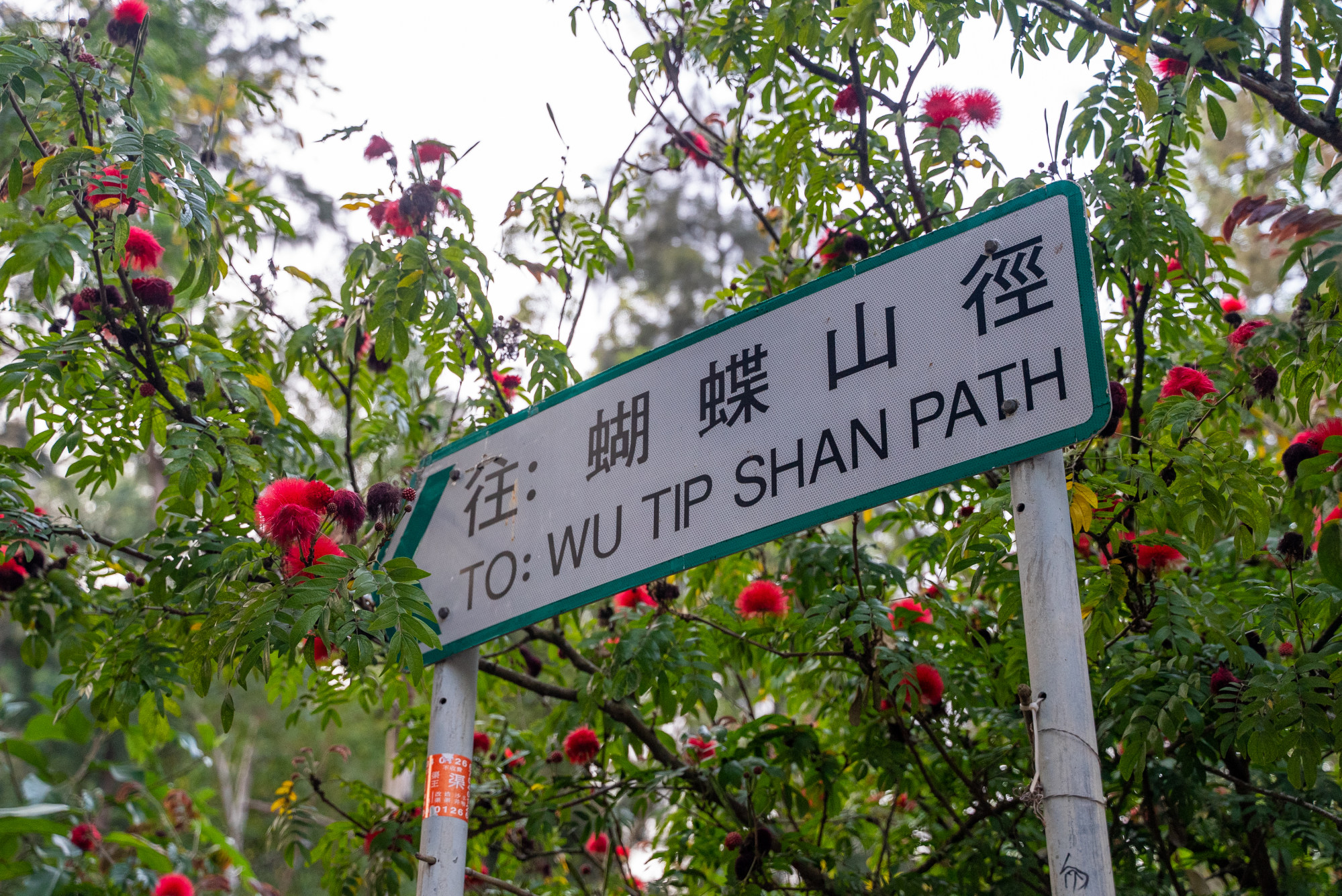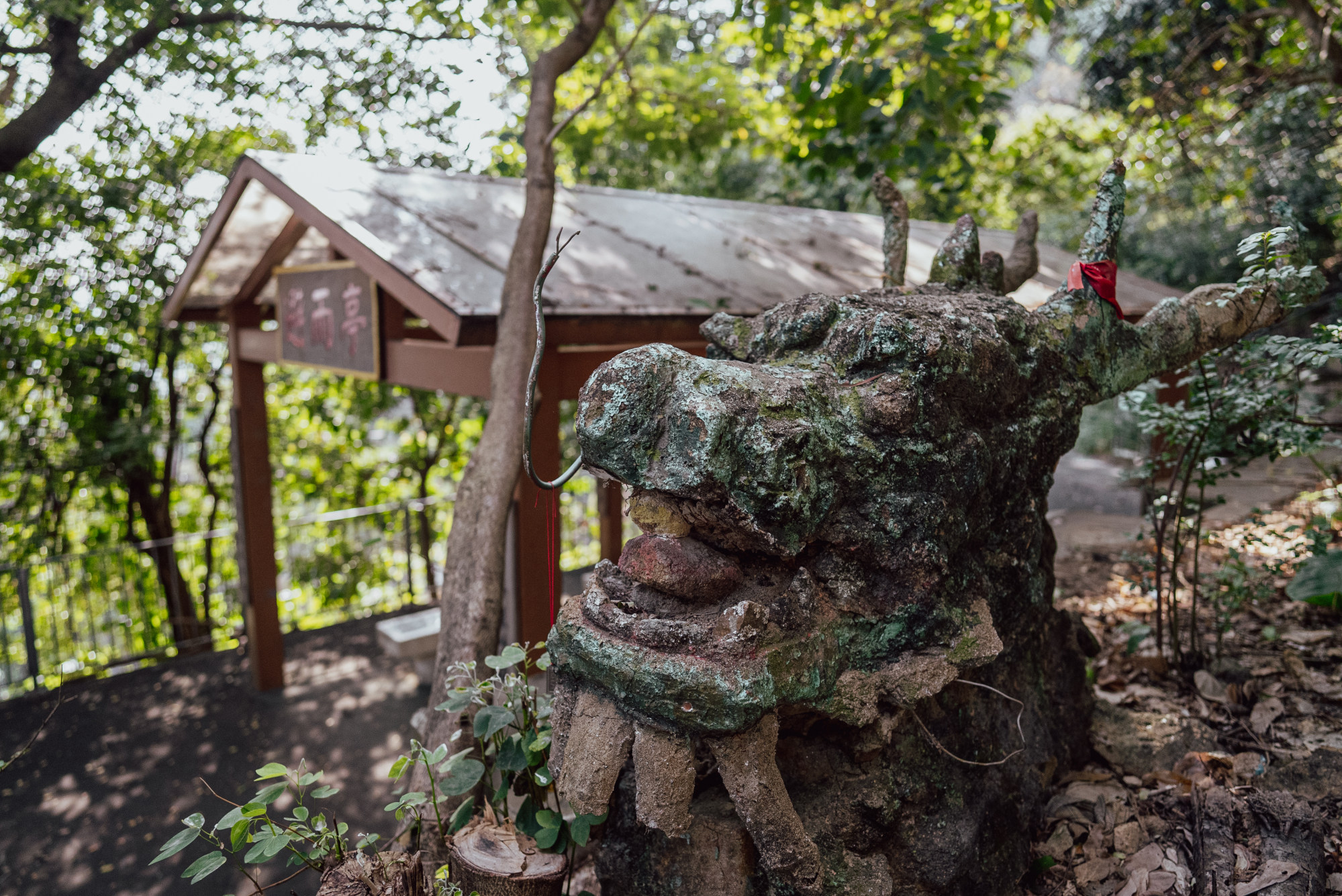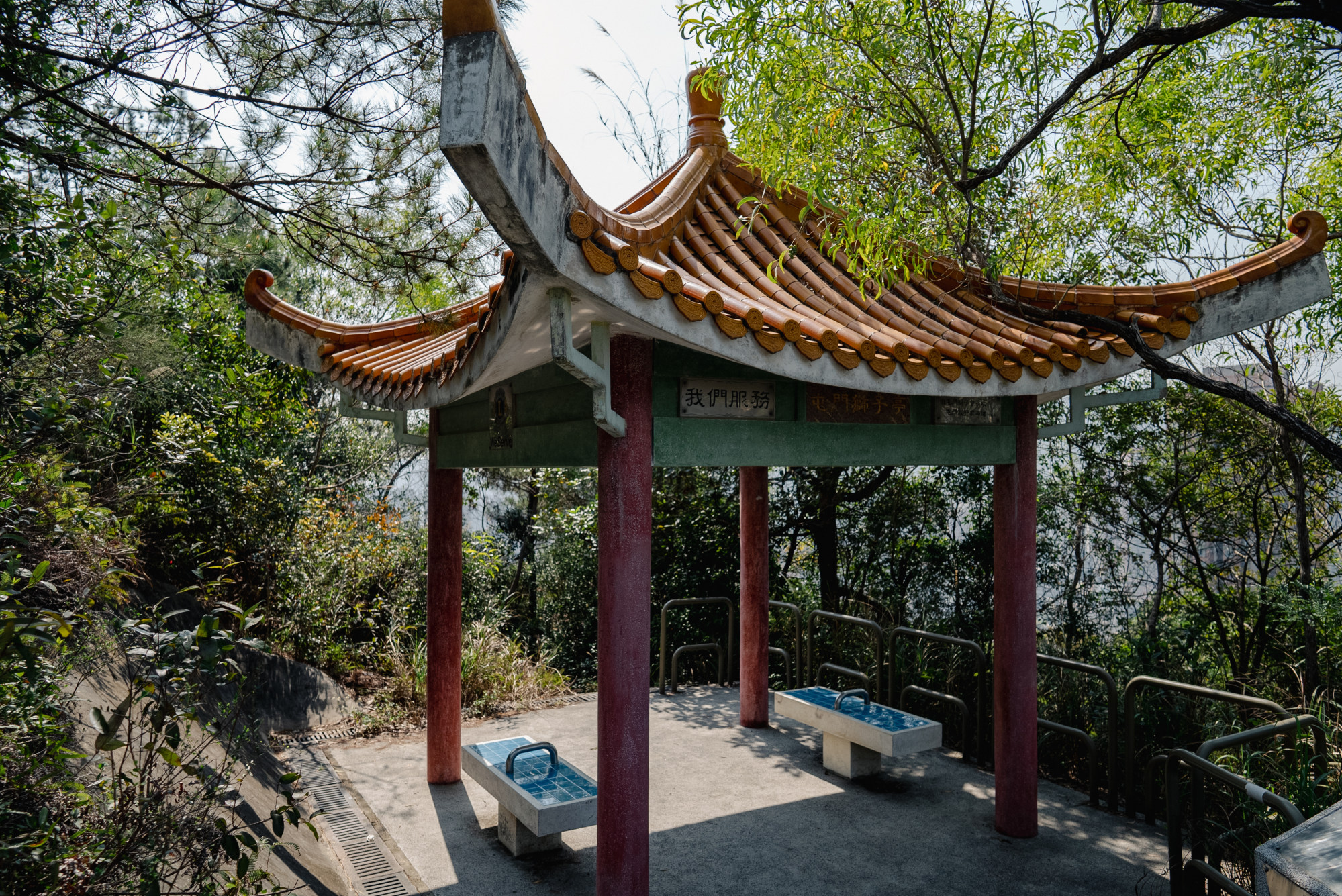
Why Hong Kong’s backyard green belt trails are neglected despite their health benefits for residents, and the NGOs urging the government to improve them
- Trails in Hong Kong’s green belts, in between residential areas and country parks, offer space for people to exercise and bond but are overlooked by authorities
- A new project that rates the recreational value of some of these trails hopes to pressure the government to be less passive about their upkeep
Hong Kong may be known for its skyscrapers, but about three quarters of its 1,108 sq km land area is countryside, according to the city government’s Agriculture, Fisheries and Conservation Department.
During hiking season, Hong Kong’s 24 country parks are popular with hikers, picnickers and Instagrammers, but as well as the city’s more famous hiking routes, there are what are known as backyard trails, which tend to serve local communities in a variety of ways.
However, backyard trails are largely overlooked by the government, and are often among the first areas to be considered for development.

For planning purposes, green belt land is designated as being for either “conservation” or “passive recreation”, but both are “passively implemented”, says Carine Lai Man-yin, researcher and senior project manager of Wyng Foundation, a privately funded social welfare foundation.

Until it is eyed for development, Lai adds, “it’s basically ‘leave this land alone to be a buffer zone’ [between urban areas and country parks]”.
To highlight this neglect, Parks and Trails and the Wyng Foundation have together launched the Backyard Trails Pilot Project, which recently released its findings on the recreational value of some of Hong Kong’s trails for residents.
The project covers trails at:
-
Duckling Hill, Lin Yuen and Po Hang in Tseung Kwan;
-
Hammer Hill in Choi Hung;
-
Shum Wan Shan and Ping Shan in Ngau Tau Kok;
-
Wu Tip Shan in Fanling;
-
Woh Chai Shan (Bishop Hill) and Garden Hill in Shek Kip Mei;
-
Fu Yung Shan in Tsuen Wan;
-
To Fung Shan in Sha Tin;
-
the Tuen Mun Trail;
-
the Sir Cecil’s Ride and Mount Parker Lower Catchwater trails from Causeway Bay to Shau Kei Wan; and
-
Mount Davis in Kennedy Town.

The project found that the benches and man-made shaded areas along these trails, if not installed by local residents themselves, have often been provided by the Home Affairs Department.
“But the Home Affairs Department doesn’t have the nature conservation expertise to be a recreation managing organisation,” Lai says.
“They look at it from the perspective of just maintaining infrastructure, so a lot of it is concrete and standardised. The main priority there is easy, low-budget maintenance.”

Environmental protection and residents’ well-being are rarely taken into account.
Lai says that green belts in Hong Kong were first established in the 1950s and ’60s, but over the years the government has rezoned plots for village development, the building of infrastructure and other purposes.
“They see it as a convenient place to take land from because they don’t have to buy it back from anyone, and it’s already generally close to urban areas,” she says.

“We’re not asking the government to come in and overmanage these lands like a park, but there needs to be more joined-up thinking to how they are treated, and more appreciation for the value that they bring to the health and well-being of Hong Kong’s residents,” Lai says.

Kwong adds: “We hope to see more environmentally friendly solutions for these backyard trails. There are some NGOs out there with the experience and expertise, and we would love to see the government perhaps collaborate with these organisations, for a start.”
The Wyng Foundation and Parks and Trails have submitted their Backyard Trails Pilot Project findings to the government, but have as yet received no response.

